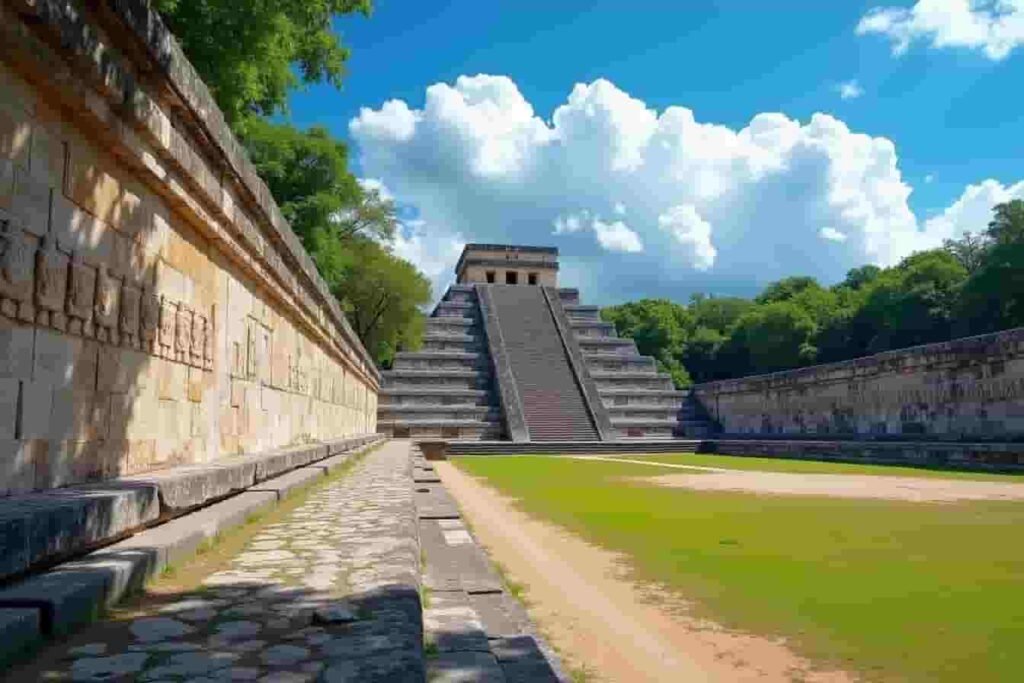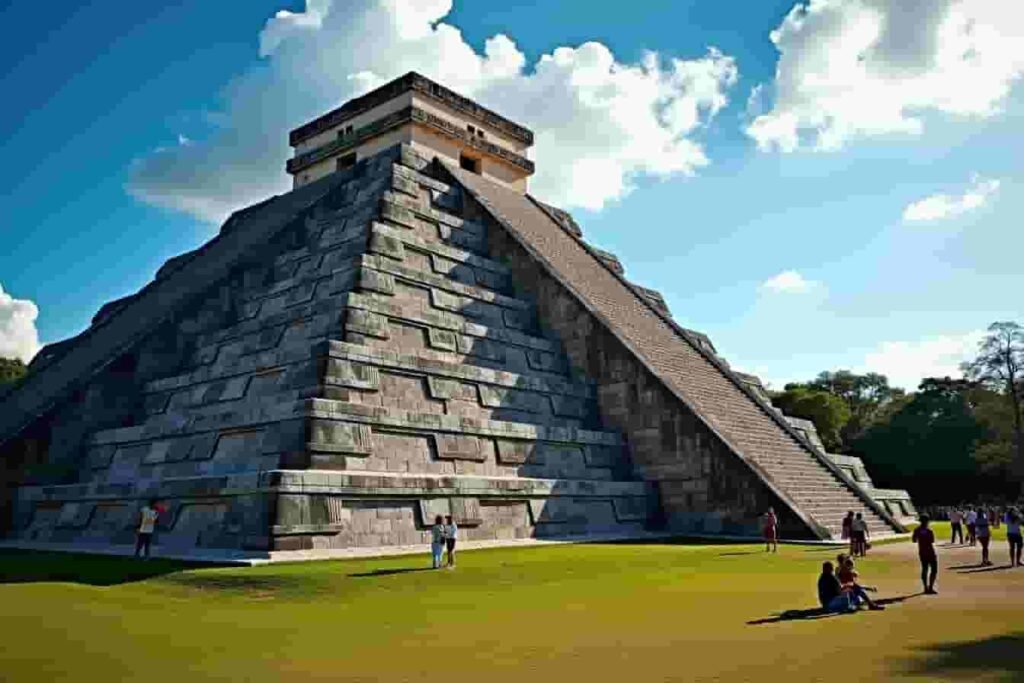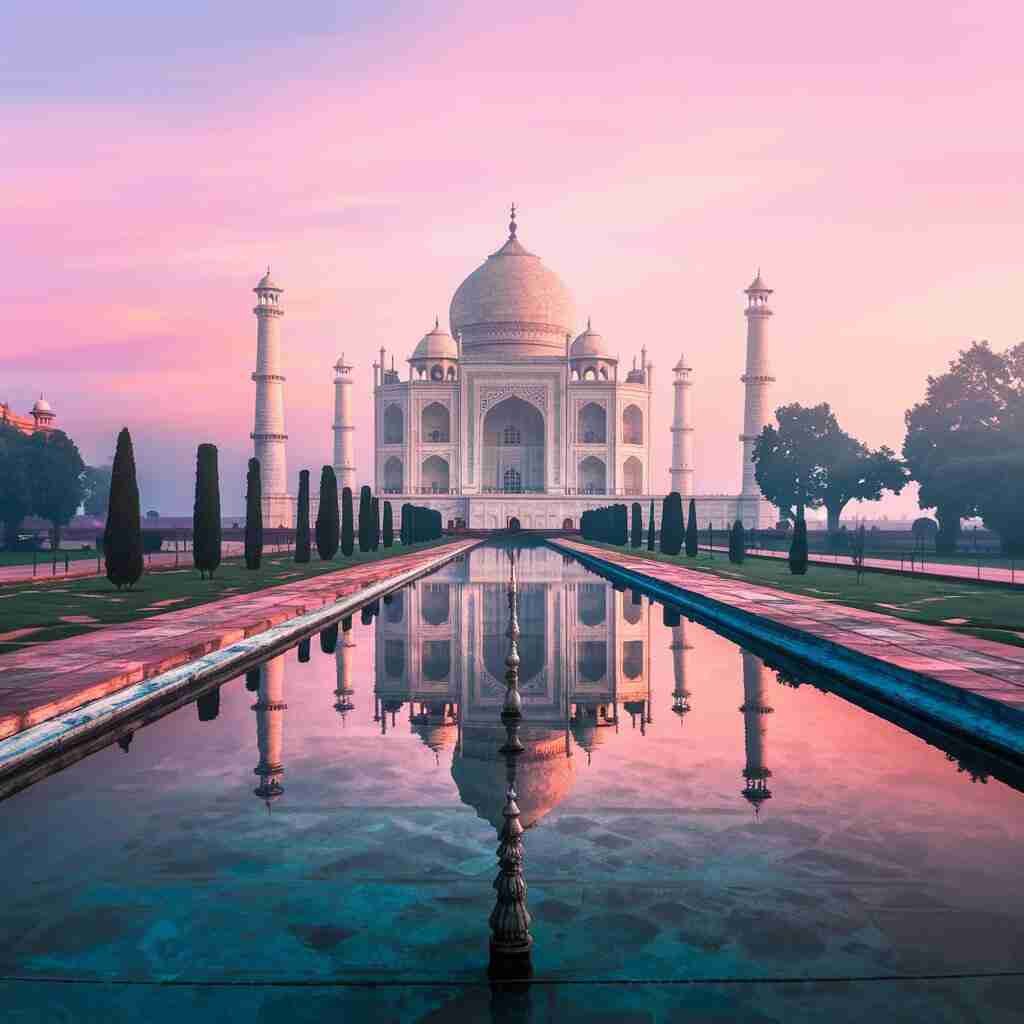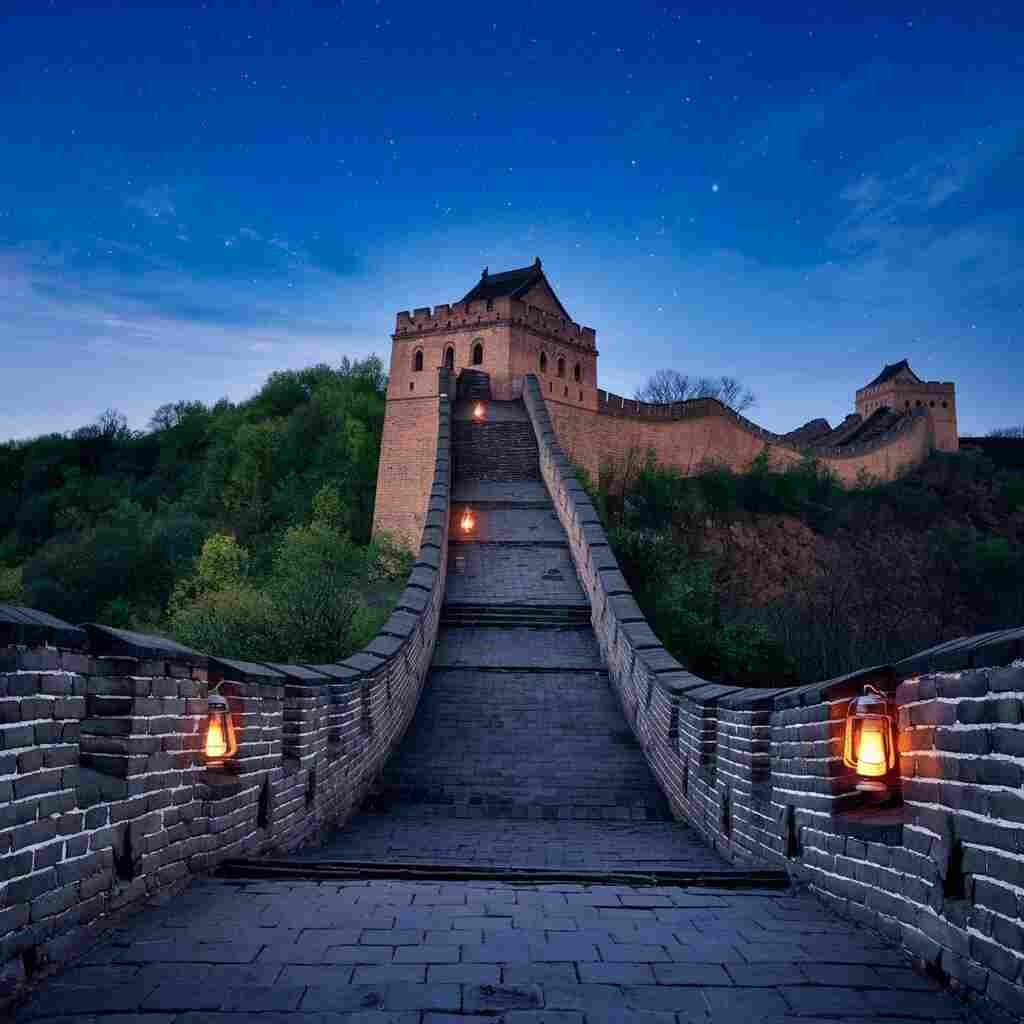Chichen Itza (or Chichén Itzá) is one of the most remarkable ancient cities in the world. Located in the heart of the Yucatán Peninsula Mexico, this awe-inspiring archaeological site is a testament to the architectural brilliance and cultural depth of the Maya civilization.
The name “Chichen Itza” comes from the Mayan language meaning “at the mouth of the well of the Itza people.” This name is deeply symbolic as the city was built around cenotes (natural sinkholes) that provided fresh water to the civilization.
In this article we will take a deep dive into Chichen Itza Mexico exploring its history architecture cultural significance and mysteries. We will also answer frequently asked questions and provide travel tips for those planning to visit this UNESCO World Heritage Site.
History of Chichen Itza
Chichen Itza was established around 600 AD and reached its peak between 900 AD – 1200 AD. The site was a major political, economic, and religious center in the Maya civilization.
Key Historical Periods of Chichen Itza
| Period | Timeline | Significance |
|---|---|---|
| Early Maya Period | 600 AD – 900 AD | Initial settlement and construction of temples |
| Toltec Influence | 900 AD – 1200 AD | Fusion of Maya and Toltec cultures; new architectural styles introduced |
| Decline Period | 1200 AD – 1500 AD | Gradual abandonment due to droughts, wars, and Spanish conquest |
| Modern Discovery | 1800s – Present | Rediscovery by explorers; declared a UNESCO site in 1988 |

Architectural Marvels of Chichen Itza
Chichen Itza is home to some of the most impressive structures in Mesoamerican history. Let’s explore the most famous ones:
1. El Castillo (Temple of Kukulkan)
One of the most iconic pyramids in the world, El Castillo is dedicated to Kukulkan the feathered serpent god.
- Height: 30 meters (98 feet)
- Steps: 365 (one for each day of the year)
- Spring & Autumn Equinox: The sunlight creates a serpent-like shadow on the steps
2. The Great Ball Court
The largest Mesoamerican ball court ever discovered, where the ancient Maya game Pok Ta Pok was played.
- Dimensions: 168m x 70m (551ft x 230ft)
- Acoustics: Sound travels from one end to another due to advanced acoustic engineering
3. Temple of the Warriors
A massive temple featuring stone columns of warriors standing in rows.
- Influence: Strong Toltec presence
- Structure: Pyramid with carved warrior figures
4. Sacred Cenote
A large sinkhole believed to be used for ceremonial offerings and sacrifices.
- Depth: 60m (197ft)
- Findings: Jewelry, pottery, and human remains
5. The Observatory (El Caracol)
A Mayan observatory used for studying astronomy and celestial events.
- Unique Feature: Circular tower with precisely aligned windows
- Purpose: Predicting eclipses solstices and planetary movements
Cultural and Religious Significance

Chichen Itza was more than just a city; it was a sacred place of worship and a center of Mayan spirituality.
1. Worship of Kukulkan
The feathered serpent god, Kukulkan, was central to Chichen Itza’s rituals. The equinox shadow effect on El Castillo is a symbol of his descent.
2. Human Sacrifices
The Maya believed that sacrifices pleased the gods and ensured prosperity. Some rituals involved
- Throwing individuals into the Sacred Cenote
- Heart extractions performed on altars
- Elaborate ceremonies involving music and dance
3. Astronomical Knowledge
The Maya were master astronomers, using El Caracol to:
- Track Venus and Mars
- Predict eclipses
- Align temples with celestial bodies
Mysteries and Theories of Chichen Itza
Despite extensive research Chichen Itza still holds many mysteries:
1. The Hidden Pyramid Inside El Castillo
Archaeologists have discovered that El Castillo is actually built over two smaller pyramids hinting at older civilizations.
2. The Mysterious Sound Effects
Clapping at El Castillo produces an echo that mimics the call of the Quetzal bird a sacred species in Maya culture.
3. Sudden Decline of the City
Historians still debate why Chichen Itza was abandoned. Theories include:
- Drought and resource depletion
- Civil wars and invasions
- Religious transformations
Modern-Day Chichén Itzá
Chichen Itza remains one of Mexico top tourist attractions drawing over 2.6 million visitors per year.

Best Time to Visit Chichen Itza
| Season | Weather | Crowd Level |
|---|---|---|
| Winter (Nov–Feb) | Cool and dry | Moderate |
| Spring (Mar–May) | Warm | High (equinox event) |
| Summer (Jun–Aug) | Hot and humid | Busy |
| Fall (Sep–Oct) | Rainy | Least crowded |
Entry Fees & Timings
- Entrance Fee: ~$35 USD
- Timings: 8:00 AM – 5:00 PM
Tips for Visitors
Wear comfortable shoes (lots of walking)
Bring water and sunscreen (it’s hot!)
Visit early morning to avoid crowds
Hire a local guide for a richer experience
FAQs About Chichen Itza
2. Can you climb El Castillo?
No, climbing was banned to preserve the structure.
3. How old is Chichen Itza?
It dates back to around 600 AD, making it over 1,400 years old.
It dates back to around 600 AD, making it over 1,400 years old.
Yes, it was named a New Seven Wonder of the World in 2007.
Conclusion
Chichen Itza is a timeless marvel that stands as a symbol of Mayan ingenuity spirituality and architectural mastery. Whether you’re a history enthusiast adventurer or spiritual seeker this ancient city offers an experience like no other.
If you ever find yourself in Mexico visiting Chichen Itza is an absolute must!




